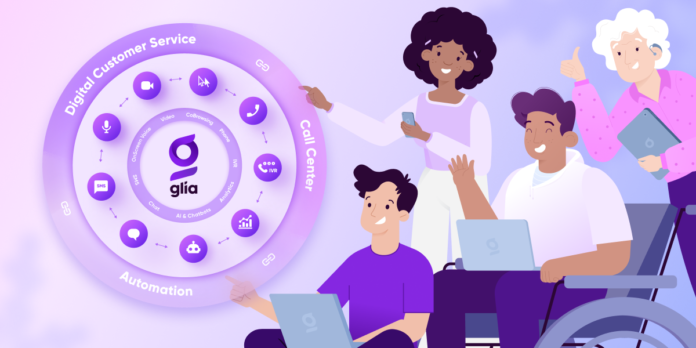Have you ever been walking along a sidewalk and noticed the part where the curb dips down to be level with the ground beside it? It’s likely you have, and quite a few of us have taken advantage of this feature: Whether you’re pushing a stroller, riding a bike, or pulling your luggage behind you, almost all of us have benefited from a cut curb at some point in our lives. These understated features of most city sidewalks were designed with a particular purpose in mind: to assist those with mobility difficulties in getting on and off the sidewalk easily. Though they were specifically made with those using wheelchairs, mobility scooters, or other similar assistive devices in mind, almost everyone has been able to benefit from this innovation. This same phenomenon occurs in many other areas, and when it does, we now call it the Cut Curb Effect.
The Cut Curb Effect describes when a feature is introduced to help one specific demographic, often (but not exclusively) those with disabilities, that ends up helping many other types of people in the process. If you’ve ever used an elevator, turned on captions on your video streaming, or used a voice-to-text transcription program, you’ve likely felt the benefits of this effect. What it goes to show is that designing for accessibility doesn’t just help those with accessibility needs, but has the potential to help everyone. Everyone benefits from more accessible design. The impact can be observed in nearly every area of industry, including the financial industry and customer service.
One example of the Cut Curb Effect in customer service is how providing many different options for getting into contact with a financial institution helps many different types of consumers. Ensuring there are multiple communication channels, such as text chat and dial-in phone, is useful for both users with different ability needs, as well as just giving everyone the option to reach out in the ways that they are most comfortable using. The option to engage in instant messaging with support staff will appeal equally to both users with auditory disabilities, as well as those who simply would rather use text-based chat than call someone on the phone. Providing a large selection of options, and making them all equally easy to access (and seamlessly connected with one another), helps everyone from the differently abled to those who simply have strong interaction preferences.
Accessibility Benefits Everyone
What the Cut Curb Effect reveals is that there is much more value than you may realize in catering to the smaller demographics that make up your customer base, rather than focusing on only the groups that make up the majority of your users. While it may make sense to focus your attention on those that are perceived as more of your average user, there can be great value in looking at those who lie on the smaller ends of the bell curve as well. The needs of these groups may reflect unrealized desires of your majority users, unveiling conveniences or features that they never even knew they wanted until they got them. Design for the needs of one, and you can potentially be designing for everyone.
Our Commitment to Accessibility
Glia is constantly working to ensure that anyone with disabilities seeking information or services from us has access to and use of information and data that is comparable to the access and use by individuals without disabilities, within reason. We have invested and will continue to invest substantially into creating an accessible ADA-compliant experience for customers using our platform. Learn more here.





